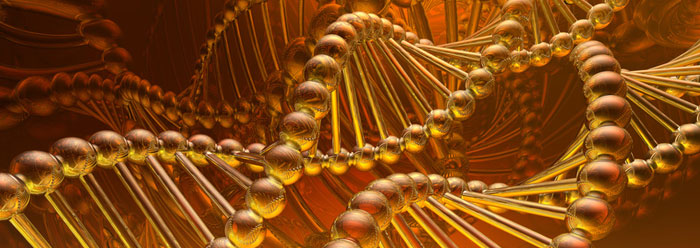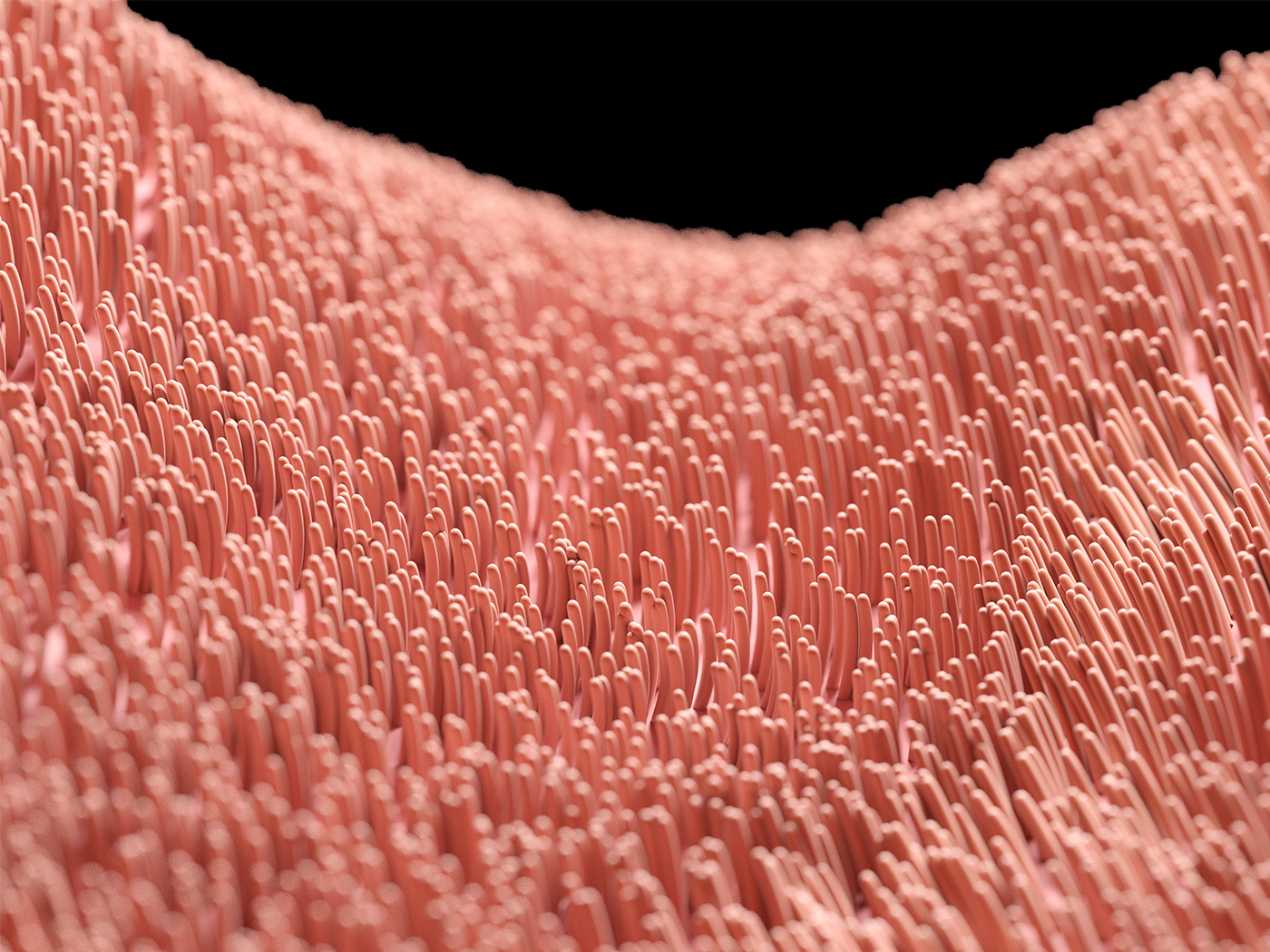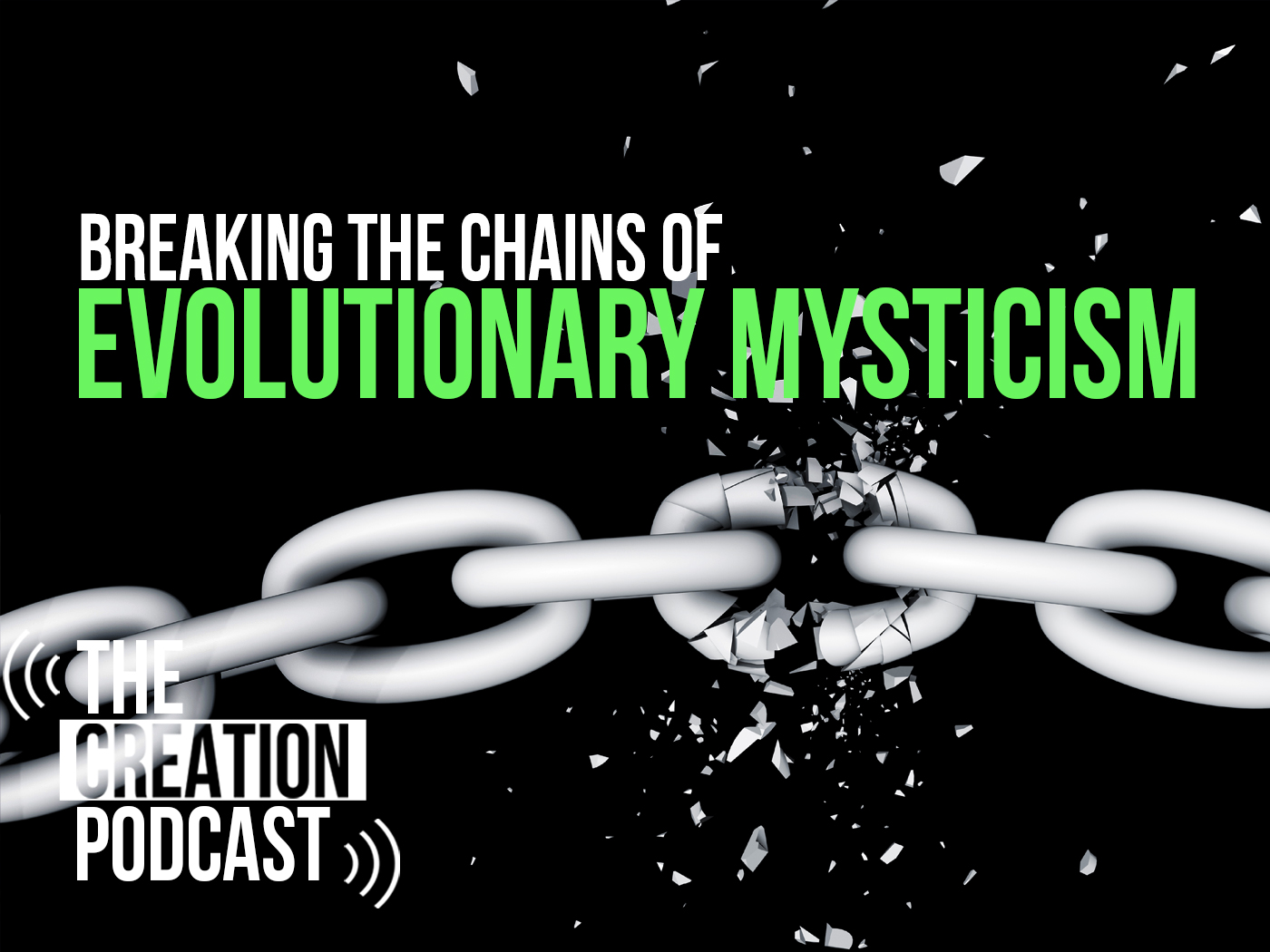Proteins do most of the required metabolic tasks within each of the trillions of cells in the human body. However, only about four percent of human DNA contains coded instructions that specify proteins. So what is the purpose of the remaining 96 or so percent?
For a long time, evolutionary biologists have maintained that this vast majority of DNA, also called "junk" DNA, is really only there for "evolution" to rummage through as it develops new creatures out of old ones.
But an ever-increasing accumulation of data contradicts this longstanding story. Study after study, beginning in the late 1990s and continuing in full force today, has revealed that what was once considered a waste bin of genetic material instead performs vital cellular functions.
An especially notable discovery came in 2007 with the publication of the first direct analysis of a small segment of this majority "non-coding" DNA.1 The study's authors were shocked to discover that almost all of the DNA not used to make proteins was nevertheless being used by cells.
Now, a follow-up analysis has given more clues about what those uses are. Appearing in the journal Genome Research, the study strongly supports the idea that "an individual's phenotype [or set of visible traits] is heavily influenced by SNV's that do not change protein sequence."2 SNV's are "single nucleotide variants," or DNA differences between genomes.
This research examined trends derived from studying each minute difference in DNA's "lettering" sequence between one person each of Chinese, European, and Yoruba (West African) ancestry. The researchers found that certain small differences in non-coding DNA have a profound influence on human phenotypes.
Before obtaining these results, the researchers knew from recent studies that "many critically important functions are found outside protein-coding exons."2 They knew that this non-coding DNA was crucial for regulating cell processes, as well as for an organism's proper development from egg to adult. But since the precise functions of this DNA have been "largely elusive," the researchers sought more detailed answers. And they found that much of the physical uniqueness that defines each person stems from that individual's non-coding, so-called "junk" DNA.
In other words, they found a new function for this DNA. This adds more evidence to support the conclusion that the majority of DNA is useful. Where does this leave broad-scale evolution's prediction of and dependence on non-coding DNA as a waste bin of genetic bits? In the waste bin, of course.3
References
- The ENCODE Project Consortium. 2007. Identification and analysis of functional elements in 1% of the human genome by the ENCODE pilot project. Nature. 447 (7146): 799-816.
- Goode, D. L. et al. 2010. Evolutionary constraint facilitates interpretation of genetic variation in resequenced human genomes. Genome Research. 20 (3): 301-310.
- Perhaps this is why the troubling implications of the study's results for evolutionary hypothesis are not addressed in the Genome Research paper.
* Mr. Thomas is Science Writer at the Institute for Creation Research.
Article posted on May 4, 2010.























